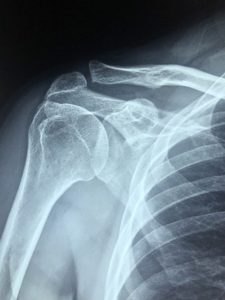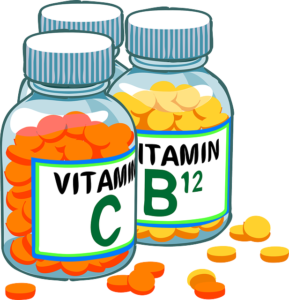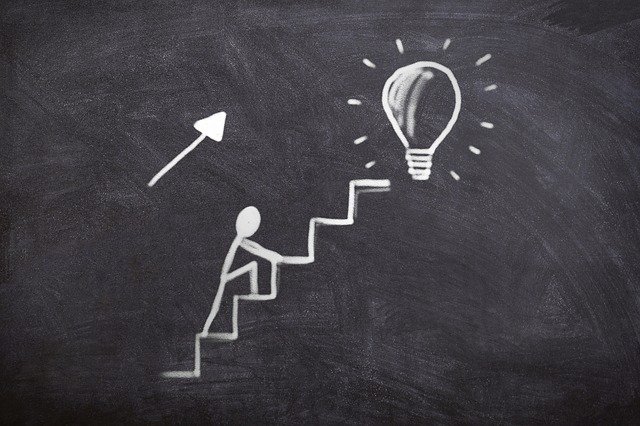The pain relieving expert gives a brief insight and asks the right questions. A treatment has the desired success and the client refuses to cooperate and does not do his homework. Why?
The following situation: The toilet in the house is blocked again. For the 10th time this year.The handyman comes again and removes the problem. The handyman has already been paid 10 times for the same problem.
This time he answers the following at the end: “I know I earn my money with it and that’s a good thing. Maybe it would be helpful if I don’t have to help again for the 11th time because of the same problem, that you finally stop constantly trying to flush away the baby’s nappies and food remains in the toilet.”
Cause – solution – and consequences.
The handyman revealed an important secret to the family, something that will save a lot of money in the long run and eliminate the constant problems in the house with the toilet once and for all. Right? The long-term approach, so to speak.
Now, if the same thing happens for the 11th time – what can you call that? Stupidity? Laziness? Too wealthy? Boredom? Or loneliness – could be.
Let’s translate the whole thing into the realm of pain management. Why are long-term strategies in alternative pain treatments often more valued than short-term treatments that only suppress the pain? Because here the real cause is usually recognised and named. A clear starting point. You can work on that. And the additional option of pain suppression. The client notices very quickly that there is an improvement.
The pain is greatly reduced and finally (!) he can participate in a normal life again. The only condition to maintain this state and to develop it even further is to do the homework. This can be many things: Exercises. Nutrition. Breaking habits. Creating a new mindset.
Again, to clarify: after all the years, the trips from one practitioner to another, the despair, the pain, the vast sums of money spent, the loneliness – what prevents people from doing their homework? If they don’t do it – then we know what happens, don’t we?
Then the handyman comes a 11. … 15. … 20. … time. It’s not a long-term strategy. How much energy is left to go through this ordeal again for another 10 years? Is the person even ready to be pain-free then? Does he deserve it? I know this is a tough question. But also a necessary one. If it has already been proven that the approach helps in the long run, why doesn’t the client do his damn homework? What did our parents do when we broke the rules?
First a gentle warning, then a little more, more and finally the really harsh punishment. At least then the avoidance strategy was successful. To avoid X, I must not do Y. Have I myself refused clients to continue treatment if the homework was not done. Hell yes. That’s logical.
I’m not a mechanic who can just change aching parts in the body. I depend on the cooperation of the patient. If I don’t see that, then what I offer is obviously not the appropriate approach.
Reaching the holy grail is one thing, keeping it is quite another.
Many success on your path.
Stay strong.
Matti













